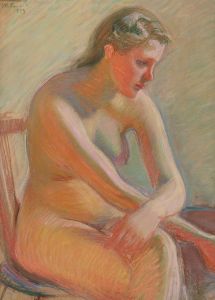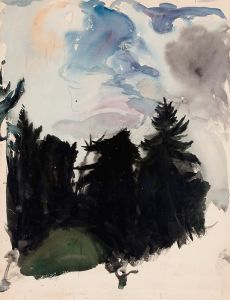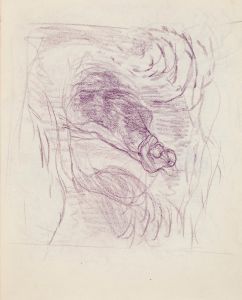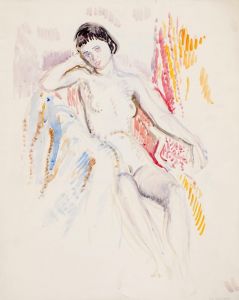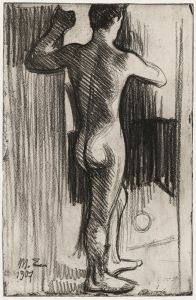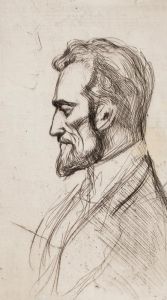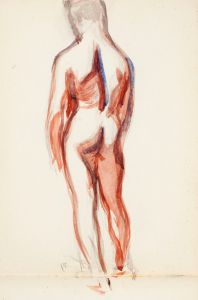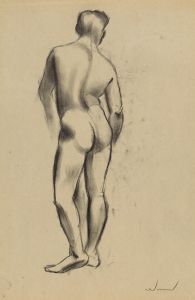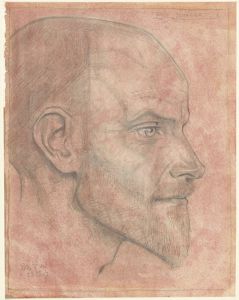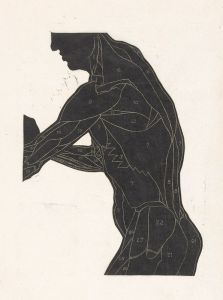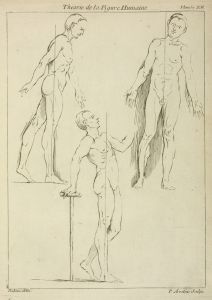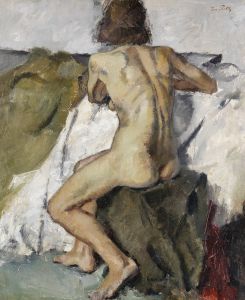
Istuva alaston naismalli, sivukuva
A hand-painted replica of Magnus Enckell’s masterpiece Istuva alaston naismalli, sivukuva, meticulously crafted by professional artists to capture the true essence of the original. Each piece is created with museum-quality canvas and rare mineral pigments, carefully painted by experienced artists with delicate brushstrokes and rich, layered colors to perfectly recreate the texture of the original artwork. Unlike machine-printed reproductions, this hand-painted version brings the painting to life, infused with the artist’s emotions and skill in every stroke. Whether for personal collection or home decoration, it instantly elevates the artistic atmosphere of any space.
Magnus Enckell's painting Istuva alaston naismalli, sivukuva (translated as Seated Nude Female Model, Profile View) is a work by the Finnish symbolist and modernist painter Magnus Enckell (1870–1925). Enckell is recognized as one of Finland's most significant artists of the late 19th and early 20th centuries, known for his contributions to both symbolism and the early modernist movement in Finnish art.
This particular painting depicts a nude female model seated in profile. The composition is characterized by its simplicity and focus on the human form, emphasizing the contours and natural posture of the subject. The work reflects Enckell's interest in the human figure, a recurring theme in his oeuvre, and his ability to capture the subtleties of light and shadow on the body. The painting is rendered with a restrained color palette, typical of Enckell's style during certain periods of his career, which often emphasized mood and atmosphere over intricate detail.
Enckell's artistic career can be divided into distinct phases, with his early works being heavily influenced by symbolism and his later works incorporating elements of modernism. His exploration of the nude figure was a significant aspect of his artistic practice, reflecting broader trends in European art at the time. Enckell studied at the Finnish Art Society's Drawing School in Helsinki and later continued his education in Paris, where he was influenced by the works of French symbolists and other contemporary movements.
The exact date of Istuva alaston naismalli, sivukuva is not definitively documented, but it is consistent with Enckell's broader body of work that often explored themes of introspection, beauty, and the human form. The painting exemplifies his skill in portraying the human figure with sensitivity and a sense of timelessness.
Magnus Enckell's works, including this painting, are held in high regard and are part of several public and private collections. His contributions to Finnish art have cemented his legacy as a pivotal figure in the transition from 19th-century academic traditions to the modernist movements of the 20th century.





